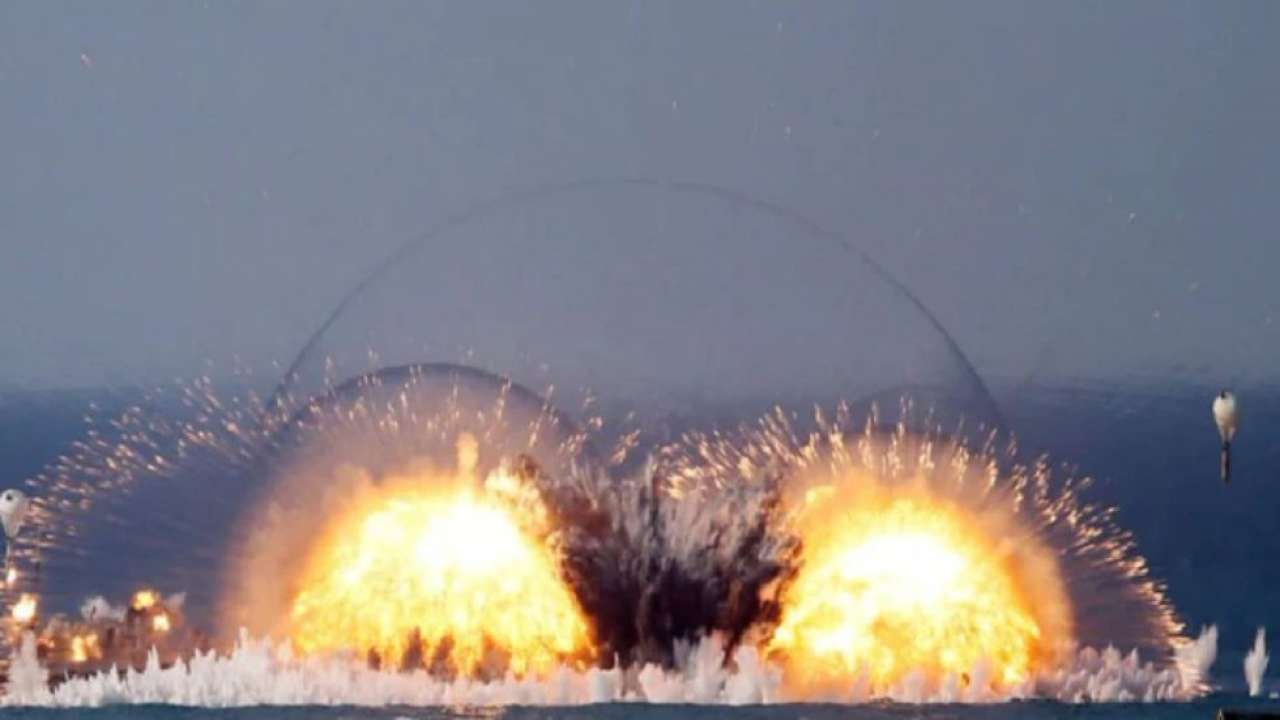
A British publication revealed in a report on Wednesday that the UK troops have been using the most-controversial thermobaric weapons or also known as ‘vacuum’ weapons, in its Syrian operations.
The UK defense ministry accidentally revealed the details in a Freedom of Information (FoI) response to Drone Wars detailing the use of Reaper drones over the previous three months.
The report states that “in the response to FoI, the officials give a breakdown of the type of Hellfire missiles fired, stating that 19 AGM-114N4 and 44 AGM-114R2 had been used. The ‘N’ version of the missile uses a Metal Augmented Charge (MAC) warhead that contains a thermobaric explosive fill using aluminium with the explosive mixture. When the warhead detonates, the aluminium mixture is dispersed and rapidly burns. The sustained high-pressure explosion is extremely damaging, creating a powerful shock wave and vacuum. Anyone in the vicinity is likely to die from internal organ damage.”
In 2010, the British ministry officials specifically refused to answer questions in the House of Commons by then Oxford East MP Andrew Smith on whether British drones were firing the thermobaric version of the Hellfire missile.
The revelation comes alongside news that UK drone strikes have hugely intensified in Syria since January. In the first three months of 2018, UK drones fired as many weapons in Syria (92) as they have over the previous 18 months.
However, thermobaric weapons were used in global war and conflicts earlier by other allies. In 1999, Russia used the tank-like TOS-1 Buratino against the Chechen capital of Grozny, with the Buratino firing rockets with thermobaric payloads at targets in the city. The United States used thermobaric bombs early in the Afghanistan war, intending to kill Al-Qaeda and Taliban forces in caves.
